As wireless communication gains popularity, significant research has been devoted to supporting real-time transmission with stringent Quality of Service (QoS) requirements for wireless applications. At the same time, a wireless hybrid network that integrates a mobile wireless ad hoc network (MANET) and a wireless infrastructure network has been proven to be a better alternative for the next generation wireless networks. By directly adopting resource reservation-based QoS routing for MANETs, hybrids networks inherit invalid reservation and race condition problems in MANETs.
How to guarantee the QoS in hybrid networks remains an open problem. In this paper, we propose a QoS-Oriented Distributed routing protocol (QOD) to enhance the QoS support capability of hybrid networks. Taking advantage of fewer transmission hops and any cast transmission features of the hybrid networks, QOD transforms the packet routing problem to a resource scheduling problem.
QOD incorporates five algorithms:
1) a QoS-guaranteed neighbor selection algorithm to meet the transmission delay requirement,
2) a distributed packet scheduling algorithm to further reduce transmission delay,
3) a mobility-based segment resizing algorithm that adaptively adjusts segment size according to node mobility in order to reduce transmission time,
4) a traffic redundant elimination algorithm to increase the transmission throughput, and
5) a data redundancy elimination-based transmission algorithm to eliminate the redundant data to further improve the transmission QoS. Analytical and simulation results based on the random way-point model and the real human mobility model show that QOD can provide high QoS performance in terms of overhead, transmission delay, mobility-resilience, and scalability.
- In order to enhance the QoS support capability of hybrid networks, in this paper, we propose a QoS-Oriented Distributed routing protocol (QOD).
- Usually, a hybrid network has widespread base stations. The data transmission in hybrid networks has two features.
- First, an AP can be a source or a destination to any mobile node. Second, the number of transmission hops between a mobile node and an AP is small. The first feature allows a stream to have any cast transmission along multiple transmission paths to its destination through base stations.
- The second feature enables a source node to connect to an AP through an intermediate node.
- Taking full advantage of the two features, QOD transforms the packet routing problem into a dynamic resource scheduling problem. Specifically, in QOD, if a source node is not within the transmission range of the AP, a source node selects nearby neighbors that can provide QoS services to forward its packets to base stations in a distributed manner.
- The source node schedules the packet streams to neighbors based on their queuing condition, channel condition, and mobility, aiming to reduce transmission time and increase network capacity.
- The neighbors then forward packets to base stations, which further forward packets to the destination. In this project, we focus on the neighbor node selection for QoS-guaranteed transmission.























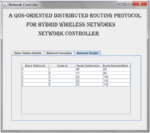
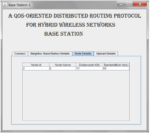
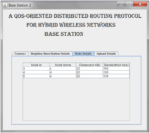
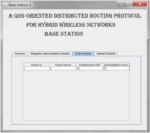






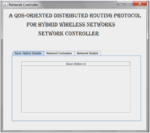
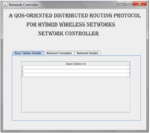
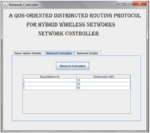








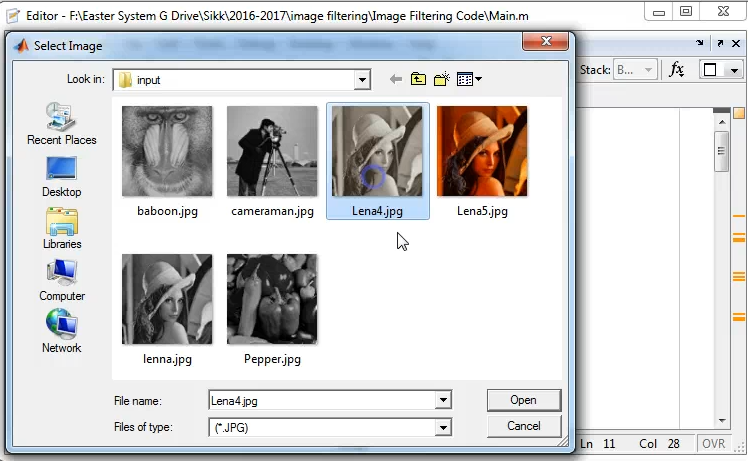



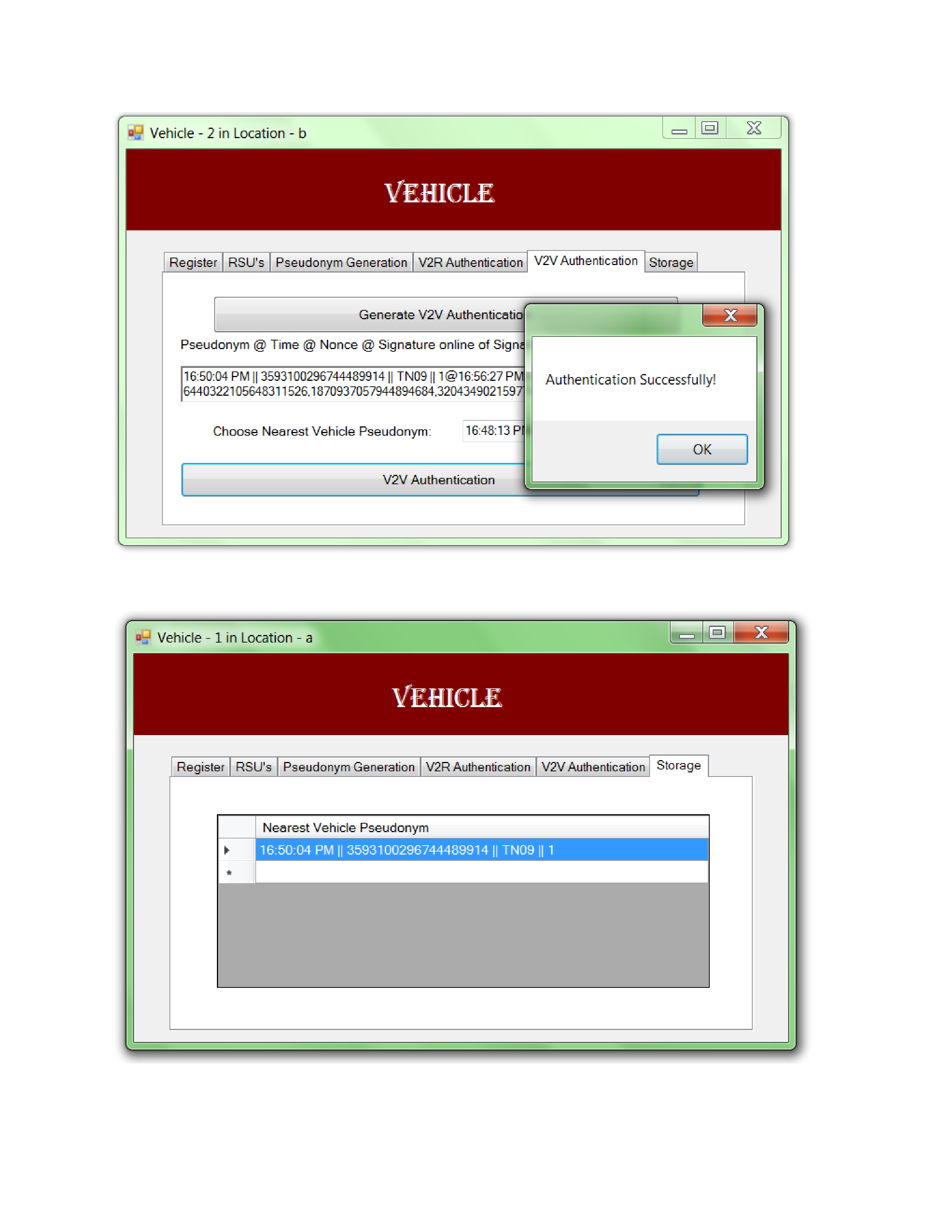
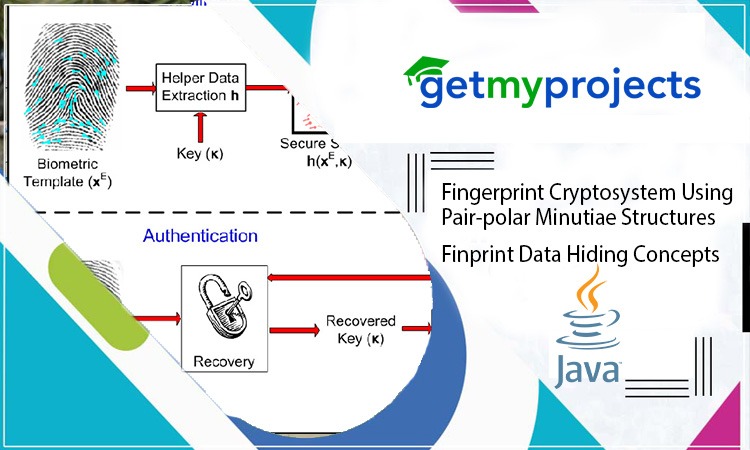
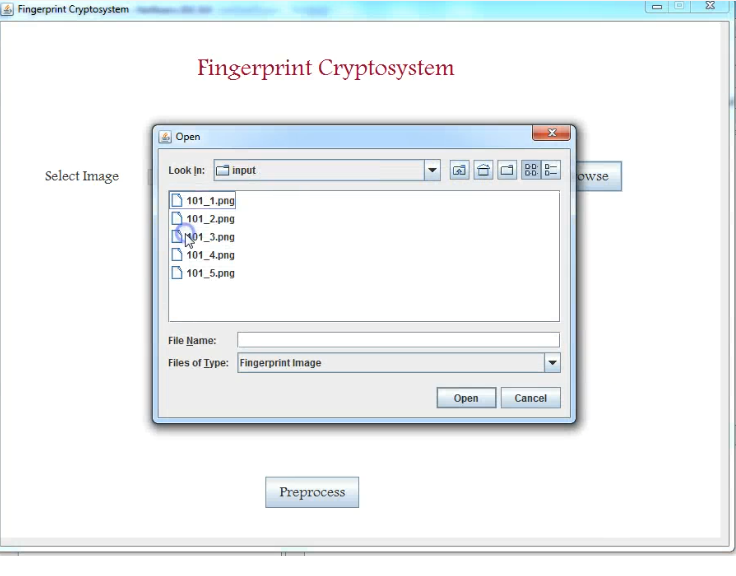



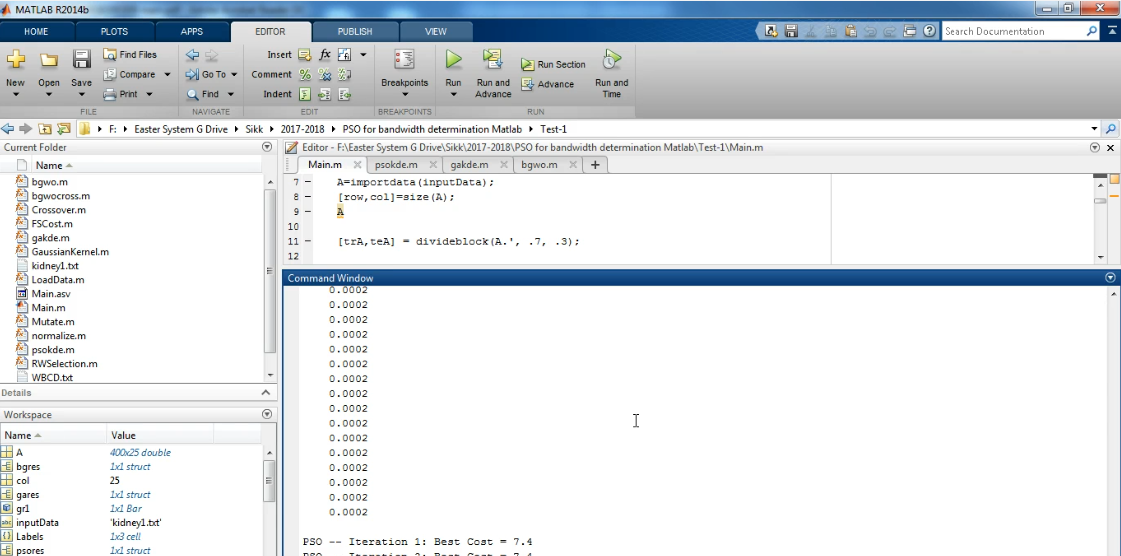
Reviews
There are no reviews yet.